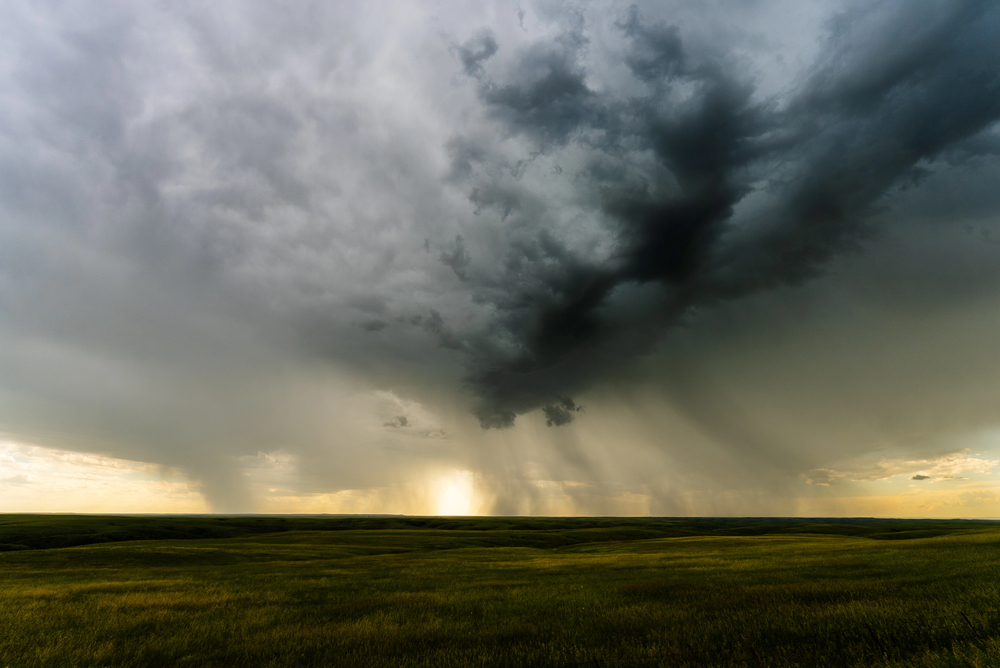Orion180 Expands FLEX Home Insurance to All Homes in California
The policy allows homeowners to customize coverage, allows flexible deductibles and copays, offers rewards for claim-free as well as no exclusion zones.
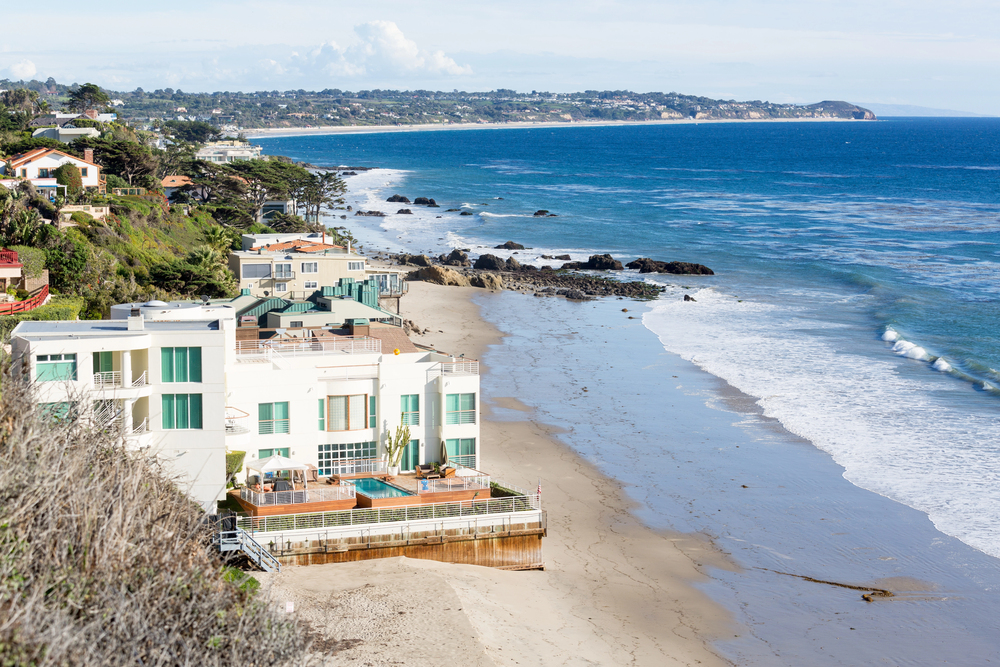
The policy allows homeowners to customize coverage, allows flexible deductibles and copays, offers rewards for claim-free as well as no exclusion zones.

2025 is on track to be the lowest claim volume year in recent history, yet cost management remains critical as severity trends continue to increase, according to Verisk.
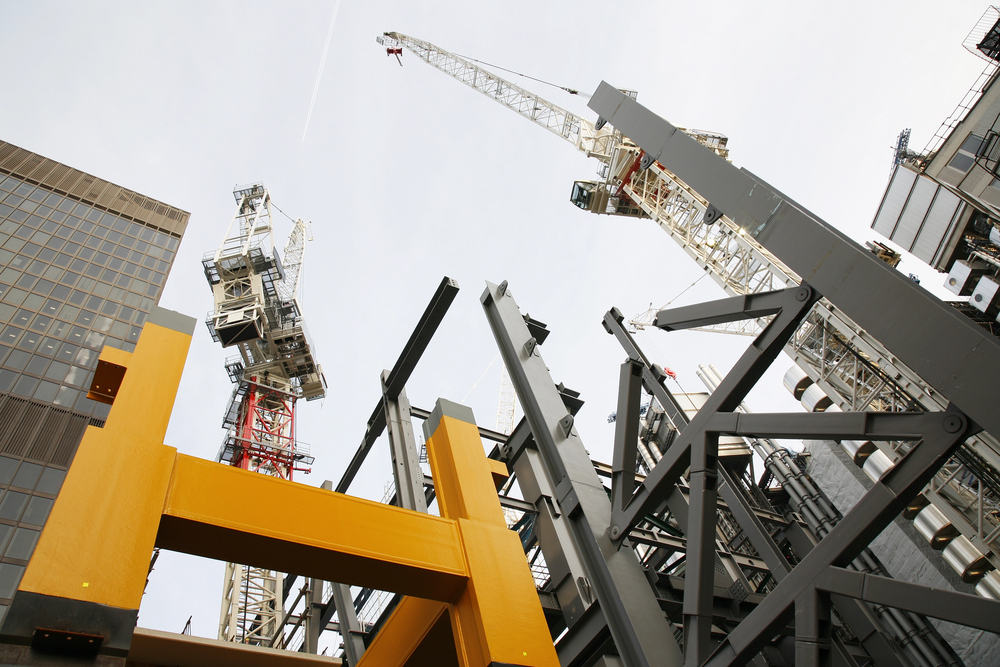
1. The homeowners market outlook has been upgraded to stable, with AM Best citing stronger catastrophe risk management, steadier reinsurance market conditions and gradually improving pricing adequacy.
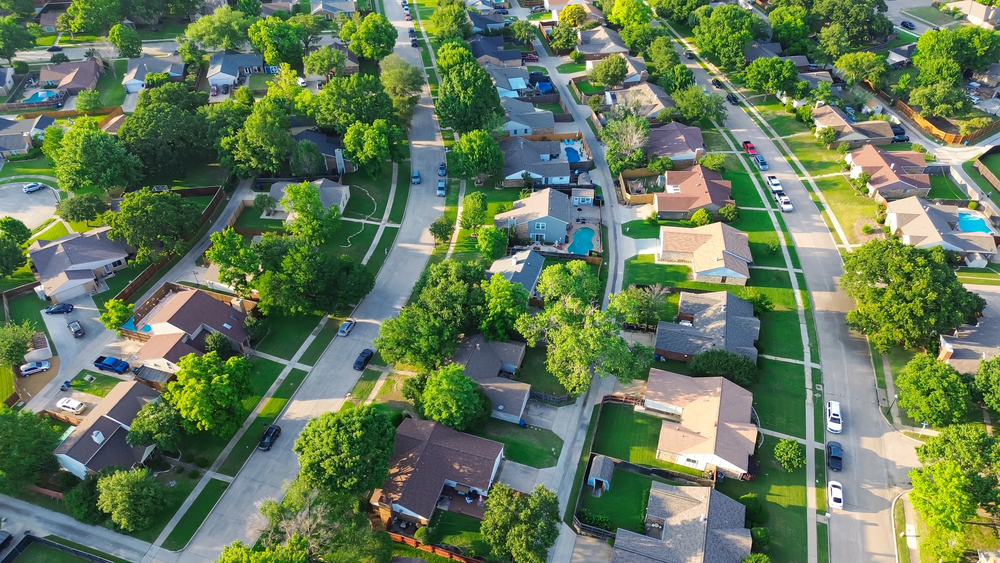
While storms may not make landfall in the U.S., they are becoming increasingly unpredictable and intensify rapidly, warns the National Oceanic and Atmospheric Administration (NOAA).
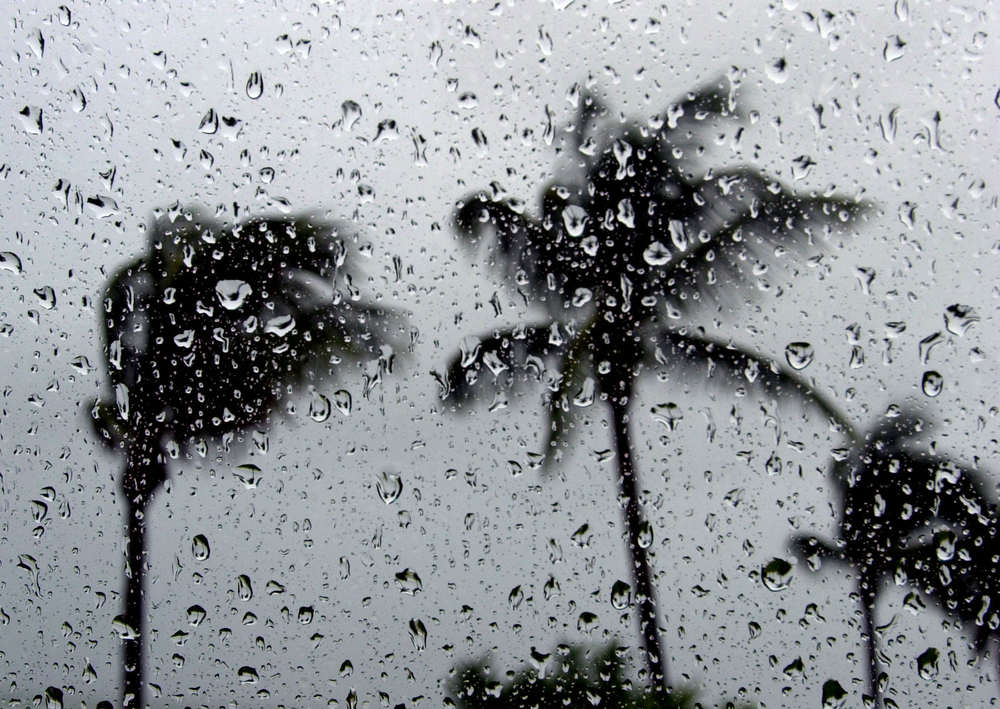
For homeowners and business owners, updating their structures comes down to one key question: Is it worth spending the extra money to achieve enhanced building standards.
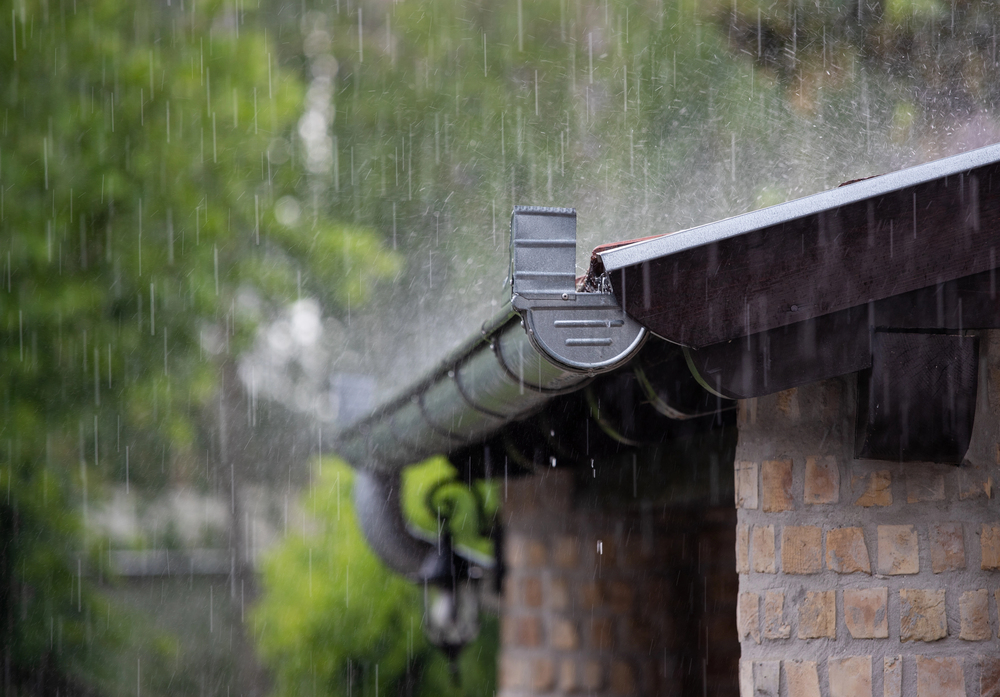
Winter preparedness is not optional, even in areas that don’t traditionally experience freezing weather.

The policy offers dwelling protection for homes valued between $1 million and $6.175 million, providing wildfire-specific benefits including debris removal, landscaping restoration and mitigation support.
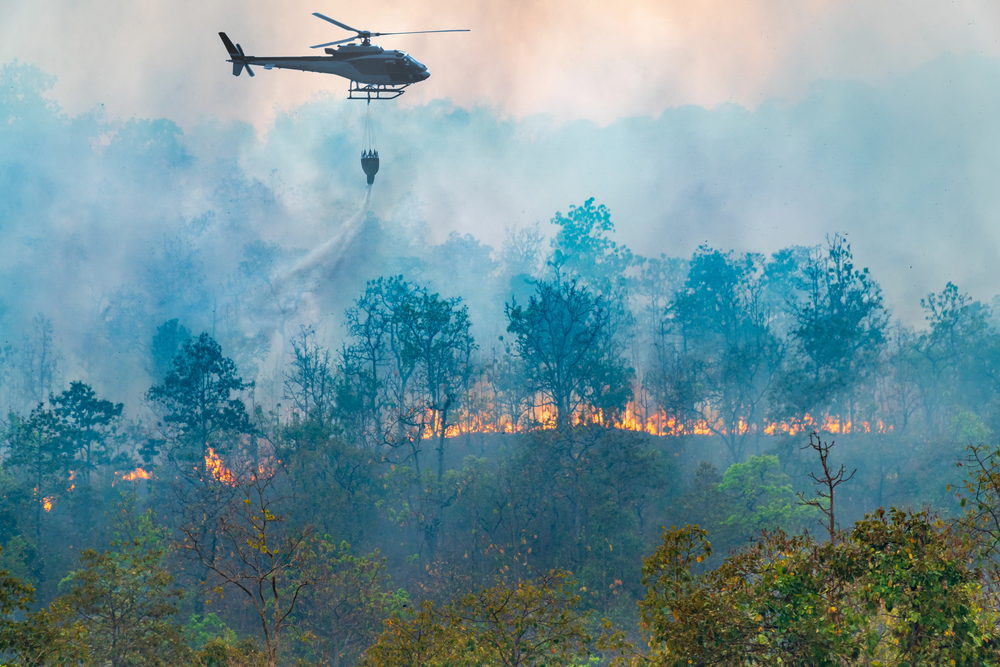
The vast majority of insurance company executives view severe convective storms (SCS) as the leading threat to their balance sheets, according to a Demex survey.
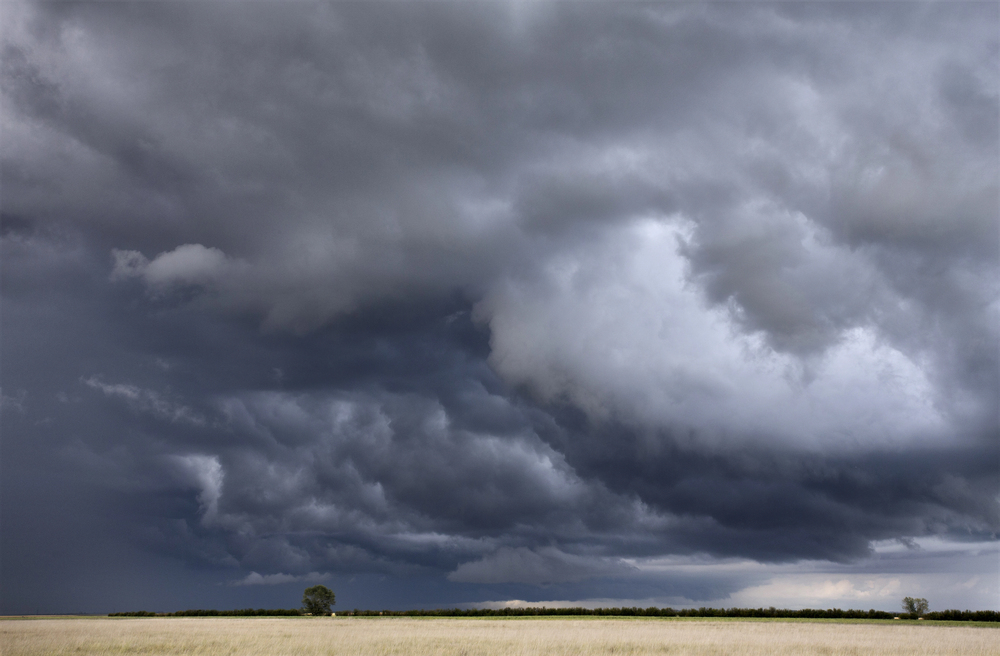
Insurance agents who embrace risk mitigation technologies can strengthen underwriting, deliver value to customers and differentiate their service.

From hurricanes in the Southeast, wildfires in the West and severe convective storms in between, catastrophes are a defining feature of the current insurance landscape and are changing property insurance.
